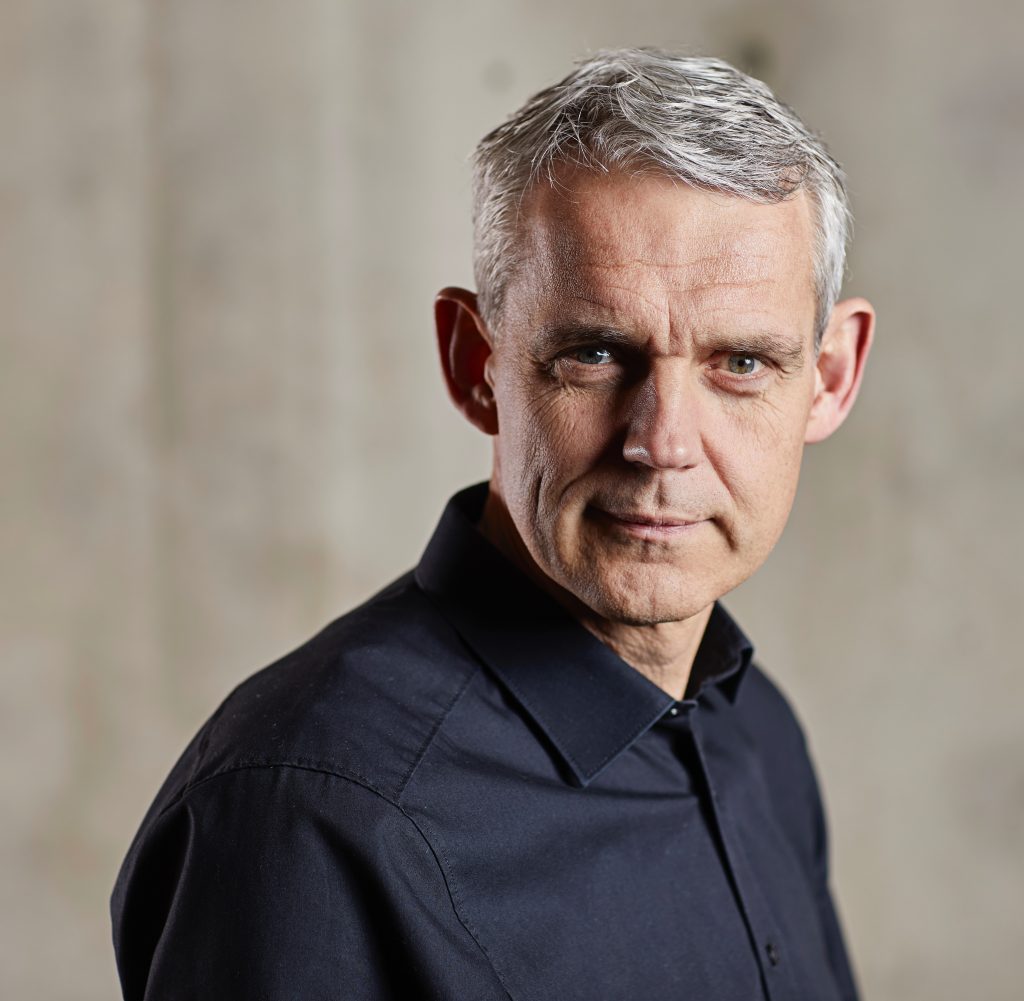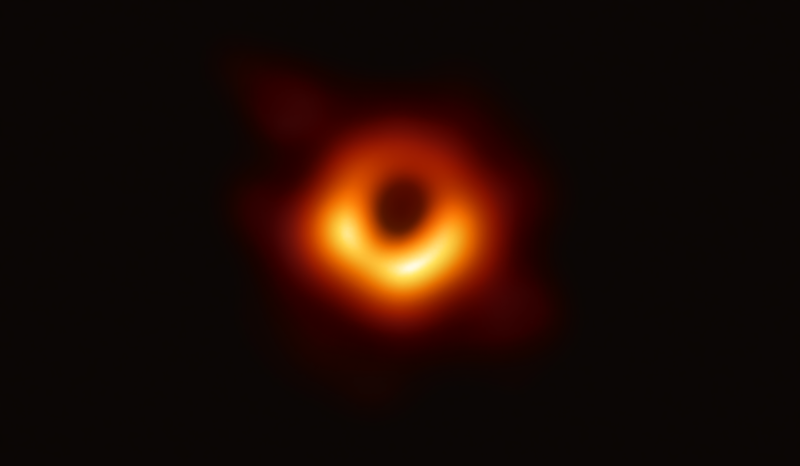

What even is a Black Hole? To put it lightly, a black hole is a region in space where the gravity is so great, that light doesn't even escape its grasp, falling in to the center. Since no light escapes, this explains why there is a hole in the center. The point at which light can't escape is called the event horizon. Since a black hole is so heavy, it also distorts time and bends light around it. At this current time, we don't know what is on the other side of them; is the matter destroyed? Teleported across space, similar to a wormhole? Currently, this is an unsolved problem in physics and there is not 100% certainty that humanity will ever find the answer and figure out how black holes really work.
Thoughts on The Novel
This book describes how the Black hole photographed in early 2019 was taken using the Event Horizon Telescope (EHT). The EHT is a large telescope array spanning the globe of radio telescopes. For the first time, a telescope array is powerful enough to observe a black hole. The main target was the black hole at the center of the elliptical galaxy Messier 87. The mass of this supermassive blackhole is billions of times that of the Earth's Sun. There are two sections in this book, the first part covering the basics of astrophysics from the beginnings of human time to where we are today. The second part covers Heino Falcke's team and his personal journey in order to bring this image into reality. First, he introduces a topic, such as how light travels at the same speed throughout the universe, or describing how stars die. Then, he follows it up with a real life example that helps understand the concept. The book brought to light simply how much planning and preparation went into coordinating a global effort such as this one.

 The eleven telescopes around the world that were combined using very-long baseline interferometry. This allows us to combine multiple telescopes together into one single telescope using math to calculate the delays of the light between each station. Planning for this project started in 2009, taking over 10 years before successfully producing an image.
The eleven telescopes around the world that were combined using very-long baseline interferometry. This allows us to combine multiple telescopes together into one single telescope using math to calculate the delays of the light between each station. Planning for this project started in 2009, taking over 10 years before successfully producing an image.
Raising the Money In order to raise a large sum of money and rally support behind the cause, Heino Falcke submitted the project to the European Research Council (ERC). The ERC is a public body for funding scientific and technological research by giving a determined amount of money a year to projects that are proposed to the board. The chances were slim in getting the full 15 million euros, only a 1.5 percent chance. Luckily, EHT group won the sum of money after being fiercely judged by the board.
Logistics To store the information taken from the sky, hundreds of hard drives were sent across the globe to each telescope, even to the south pole, where the SPT telescope is located. After the measurements were recorded, the hard drives were sent to Boston by mail, where the data was further processed. In five days of observation each of the telescopes gathered about 450 terabytes of data, totalling up to 3.5 petabytes of data needing to be analyzed, taking several months.
 This is the picture taken by the EHT in the center of the Messier 87 galaxy. This long-sought image provides the strongest evidence to date for the existence of supermassive black holes and opens a new window onto the study of black holes, their event horizons, and gravity.
This is the picture taken by the EHT in the center of the Messier 87 galaxy. This long-sought image provides the strongest evidence to date for the existence of supermassive black holes and opens a new window onto the study of black holes, their event horizons, and gravity.
"The longing to see what is hidden must be an innate human need, something that is anchored deep within us. As a scientist I only believe what I can see...That’s probably what it all comes down to, in faith and in science: maintaining hope that you’ll be permitted to discover something new.
'Blessed are they that have not seen, and yet have believed.' John 20:29 (KJV). -- Heino Falcke
| Term | Definition | Secularization Page 35 |
The act of making something not religious. |
| Perihelion Page 57 |
The point nearest to the sun in the path of an orbiting celestial body. | Agglomerations Page 73 |
The act or process of collecting in a mass. | Filigreed Page 125 |
Decorated with ornamental openwork of delicate or intricate design. | Schlieren Page 138 |
Regions of varying refraction in a transparent medium that's caused by pressure or temperature differences. | Inestimable Page 154 |
Incapable of being estimated or computed. |
| Thanks Merriam-Webster! | |